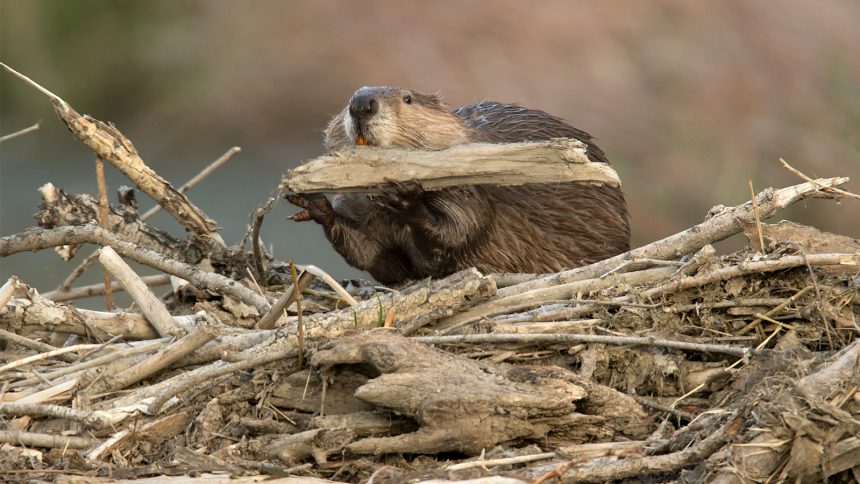After years of effort, the Tule River Tribe has reintroduced nine beavers into their reservation in the foothills of California’s Sierra Nevada mountains. These beavers are expected to enhance the landscape’s resistance to fire and drought by creating dams that slow water flow, benefiting the ecosystem and reducing the risk of forest fires. Additionally, they play a role in post-fire forest recovery by rehydrating the area.
Kenneth McDarmet, a tribal member, expressed excitement about the beavers’ presence, especially in the face of recurring droughts. The tribe, whose drinking water largely comes from the Tule watershed, has been preparing the area since 2014 by constructing man-made dams to assist the new beavers.
With global temperatures rising and wildfires becoming more severe, California has experienced devastating fires in recent years due to drought. Reintroducing beavers could provide a natural solution to mitigate these challenges.
Once estimated at 200 million, the North American beaver population was significantly reduced in the 1800s due to hunting and exploitation. However, there has been a shift towards recognizing beavers as beneficial ecological engineers.
In 2022, the California Department of Fish and Wildlife initiated the Beaver Restoration Program to restore the beaver population. By 2023, beavers were officially recognized as a keystone species with a crucial role in ecosystem health.
Collaborating with various stakeholders, including tribes and conservation organizations, the CDFW aims to use beavers to enhance climate resilience and biodiversity in California. The presence of beavers contributes to better habitat conditions for native wildlife, fostering a more balanced and diverse ecosystem.
The return of beavers to the Tule River Reservation aligns with the tribe’s historical connection to these animals, as depicted in tribal pictographs. McDarmet envisions a future where beavers thrive throughout the reservation.






